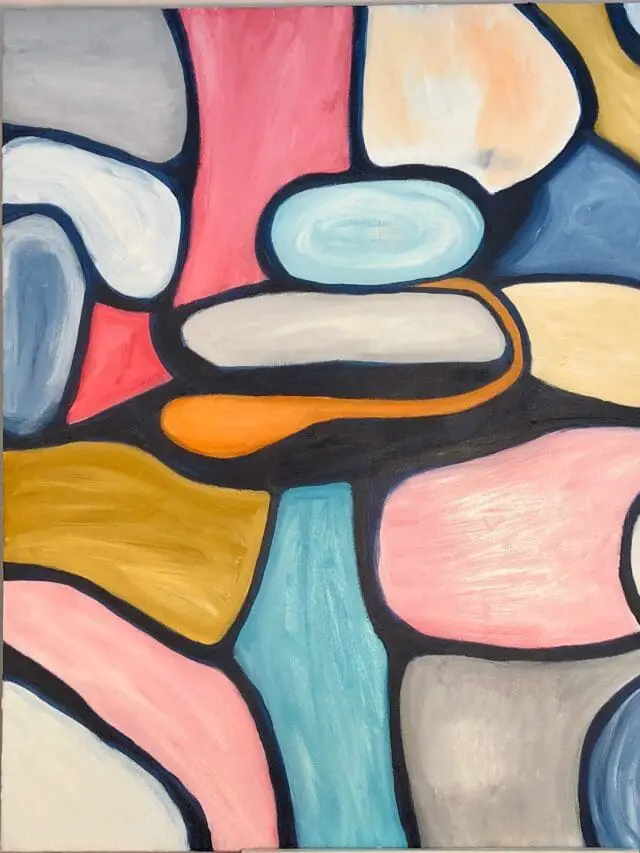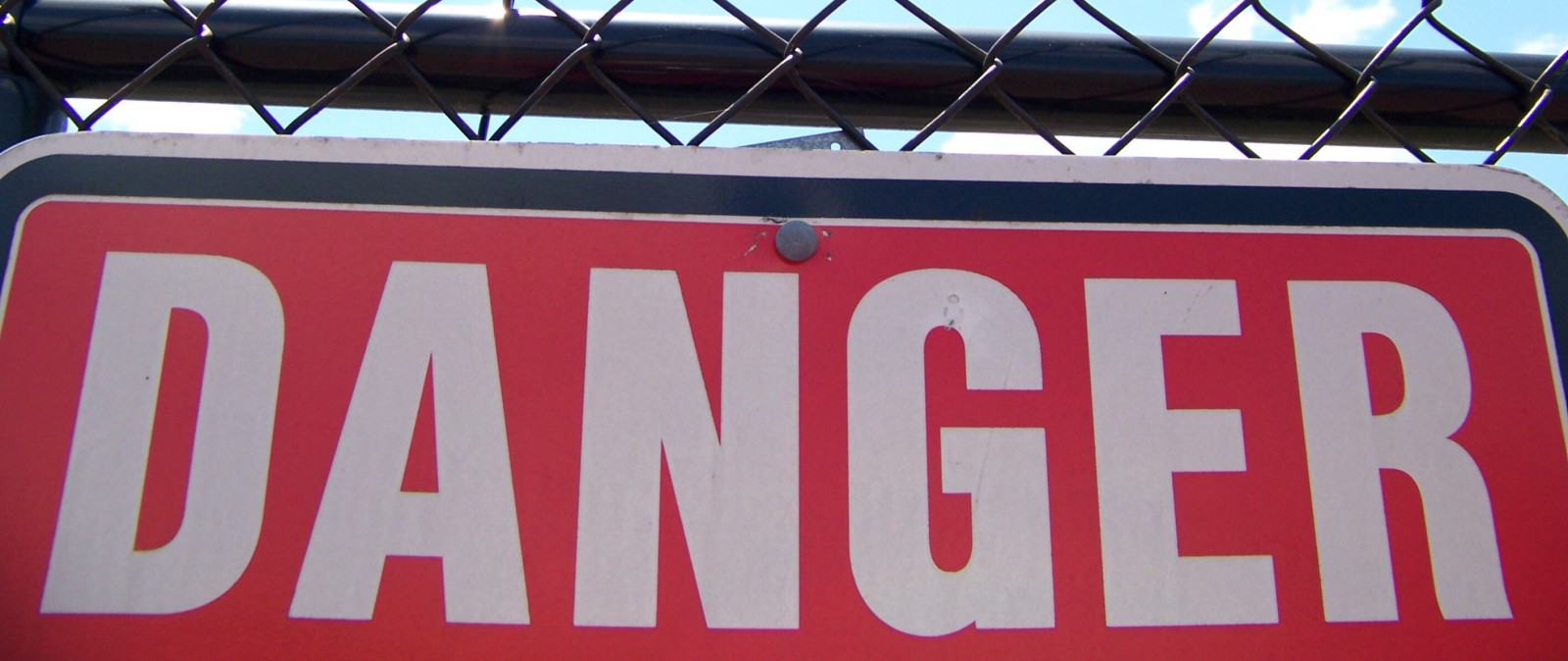The Da Vinci Code: A Deep Dive Into Dan Brown's Bestseller

Table of Contents
The Intriguing Plot and its Central Mystery
At the heart of The Da Vinci Code lies a thrilling mystery. The story begins with the murder of Jacques Saunière, a curator at the Louvre Museum, who leaves behind a trail of cryptic clues. These clues lead symbologist Robert Langdon and cryptologist Sophie Neveu on a perilous quest, unveiling a centuries-old secret guarded by the Priory of Sion, a secretive organization allegedly linked to Jesus Christ and Mary Magdalene. The central mystery revolves around the search for the Holy Grail, not as a mere chalice, but as a symbol representing a sacred lineage and a suppressed truth about Jesus's life and family.
- Key Plot Points:
- The murder of Jacques Saunière: Saunière's death sets the stage for the entire narrative, triggering the chase for the truth.
- The Priory of Sion: This fictional organization, central to the novel, adds a layer of intrigue and conspiracy.
- The Holy Grail's true meaning: The novel challenges traditional interpretations of the Grail, reimagining it as a symbol of Mary Magdalene's descendants.
- Historical and Religious Elements: The narrative seamlessly blends historical figures and religious beliefs, creating a compelling blend of fact and fiction.
- The role of Opus Dei: This conservative Catholic organization is presented as an antagonist, adding another layer of complexity to the story.
Symbolism and Hidden Codes in The Da Vinci Code
Symbolism is the lifeblood of The Da Vinci Code. Dan Brown masterfully uses Leonardo da Vinci's artwork as a canvas for cryptic clues, weaving a complex tapestry of religious symbols and their reinterpretations. The narrative is littered with numerical codes and sequences requiring decryption, heightening the suspense.
- Symbolic Elements:
- Leonardo da Vinci's artwork: Paintings like The Last Supper and Mona Lisa are not simply works of art but integral parts of the puzzle.
- Religious symbols: The novel reinterprets traditional religious symbols, challenging established dogma.
- Numerical codes: The story frequently incorporates numerical puzzles that Langdon and Neveu must solve.
- The Fibonacci sequence and the Golden Ratio: These mathematical concepts appear throughout the novel, adding another layer of symbolic depth.
Historical Accuracy and Artistic License in Dan Brown's Narrative
The Da Vinci Code walks a fine line between historical fact and fictional embellishment. While the novel draws inspiration from real historical figures and events, it takes considerable liberties to serve the narrative. This has led to both enthusiastic support and intense criticism from historians and religious scholars.
- Fact vs. Fiction:
- Historical figures and events: The novel features real historical figures, but their portrayals are often controversial.
- Narrative liberties: Brown takes significant liberties with historical accuracy to create a suspenseful story.
- Controversies: The Da Vinci Code has been the subject of much debate for its unconventional interpretation of historical events.
- Public reactions and scholarly critiques: The novel generated intense public and academic debate regarding its historical claims.
The Impact and Legacy of The Da Vinci Code
The Da Vinci Code has left an indelible mark on popular culture. Its phenomenal sales figures – millions of copies sold worldwide in numerous translations – are testament to its appeal. The subsequent film adaptation, while receiving mixed reviews, further cemented the book's place in mainstream consciousness.
- Impact and Legacy:
- Global sales figures and translations: The book’s success translated into a global audience.
- Film adaptation: The movie adaptation, while controversial, brought the story to a wider audience.
- Increased public interest: The novel sparked renewed interest in religious history and art history, driving tourism to many locations featured in the book.
- Ongoing debates and controversies: The book's controversial interpretations continue to fuel discussion and debate.
Conclusion
The Da Vinci Code remains a compelling and influential work of fiction. Its intricate plot, rich symbolism, controversial historical interpretations, and widespread cultural impact have secured its place as a modern classic. From its initial captivating mystery to the enduring debates it sparked, the novel continues to fascinate readers. Have you unlocked the mysteries of The Da Vinci Code? Share your thoughts in the comments below! Ready to dive deeper into the captivating world of The Da Vinci Code? Pick up a copy today and experience the thrill for yourself!

Featured Posts
-
 Chris Packham Condemns Trumps Absurd Climate Policies On Bbc
May 13, 2025
Chris Packham Condemns Trumps Absurd Climate Policies On Bbc
May 13, 2025 -
 Top Tips For A Successful Winterwatch Experience
May 13, 2025
Top Tips For A Successful Winterwatch Experience
May 13, 2025 -
 Bof A On Stock Market Valuations A Reason For Investor Confidence
May 13, 2025
Bof A On Stock Market Valuations A Reason For Investor Confidence
May 13, 2025 -
 Tariff Turbulence How Trumps Trade War Reshaped The Tech Industry
May 13, 2025
Tariff Turbulence How Trumps Trade War Reshaped The Tech Industry
May 13, 2025 -
 Funeral Service For 15 Year Old Boy Stabbed To Death At School
May 13, 2025
Funeral Service For 15 Year Old Boy Stabbed To Death At School
May 13, 2025
